Rising Up Biographies
The Rising Documentary was made possible, in part, to the first hand accounts recorded in this documentary. These witnesses to the drama of the Civil Rights Movement participated in numerous sit-ins, attended integrated public schools for the first time and protested for equality. All of them give witness to the turbulent times during the 1950s and 1960s.
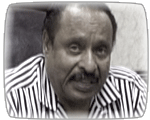 Apostle Lawrence Campbell
Apostle Lawrence Campbell
Campbell served as a Danville demonstration leader. He remembers that violence by the police department led to greater unity among black protesters.
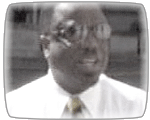 Rev. Thurman Echols
Rev. Thurman Echols
Echols was a Danville student leader. The protesters, he said, were advocating for better jobs, wages, and accommodations.
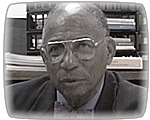 Eugene Williams
Eugene Williams
Williams grew up in Charlottesville during the Great Depression and had to walk past Midway High School to attend Jefferson, which was a segregated school. He served in World War II and, in 1954 became the president of the local NAACP chapter. In the 1980s, he started Dogwood Housing, a company that bought, renovated, managed, and rented out good housing facilities to poor-income tenants.
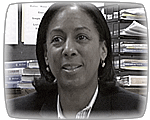 Scheryl Williams Glanton
Scheryl Williams Glanton
As the daughter of Eugene Williams, Glanton had an eventual childhood. In 1960, she was escorted to the integrated Johnson Elementary School by police officers and was the only black student in her class. Though she faced discrimination, Glanton became an honor roll student, cheerleader, and the first African American homecoming queen at Charlottesville High School. Glanton remembers participating in sit-ins at segregated dining facilities such as Woolworth’s with her father.
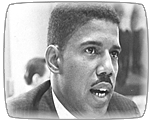 Sen. Henry L. Marsh, III
Sen. Henry L. Marsh, III
When he was a child, March walked five miles each way to a segregated school. After graduating from Virginia Union University and Howard University’s law school, he served as an attorney for the NAACP. In 1966, he was elected to the city council in Richmond and in 1977 became the city’s first African-American mayor. Marsh has served as a Virginia state senator since 1992.
 Donald Martin
Donald Martin
Martin was one of three African-American students who were the first to attend Charlottesville’s previously all-white Lane High School after Virginia was ordered to integrate its educational facilities. He remembers that he felt detached from the rest of the students.
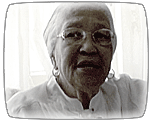 Nannie Louise Pinchback
Nannie Louise Pinchback
Pinchback participated in the demonstrations in Danville, Virginia. She recalls the use of attack dogs and fire hoses in suppressing protesters.
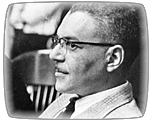 Dr. William Ferguson Reid
Dr. William Ferguson Reid
Reid grew up in Richmond, attended public schools, Virginia Union University, and medical school at Howard University. In 1955, Reid helped found the Crusade for Voters, an organization that registered African American voters. In 1967, he was elected to the Virginia House of Delegates and was the first African American in that governmental body in 82 years.
 Elizabeth Johnson Rice
Elizabeth Johnson Rice
Rice’s father was a civil rights activist and worked for the NAACP. Rice herself got involved in the sit-in movement and remembers being harassed and having hot coffee knocked into her lap at a segregated dining facility.
 George W. Harris, Jr.
George W. Harris, Jr.
Harris was a high school student when his uncle took him to hear the critical Brown v. Board of Education case being argued in the United States Supreme Court. Later, he participated in the sit-ins, hoping that his actions would lead to societal change.
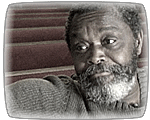 Edward Morton
Edward Morton
Morton was a student at the all-black Burley School. He remembers that he felt mixed emotions about the Brown v. Board of Education case since it signaled uncertainty. By the time school desegregation was underway, Morton was already close to finishing his high school career.
